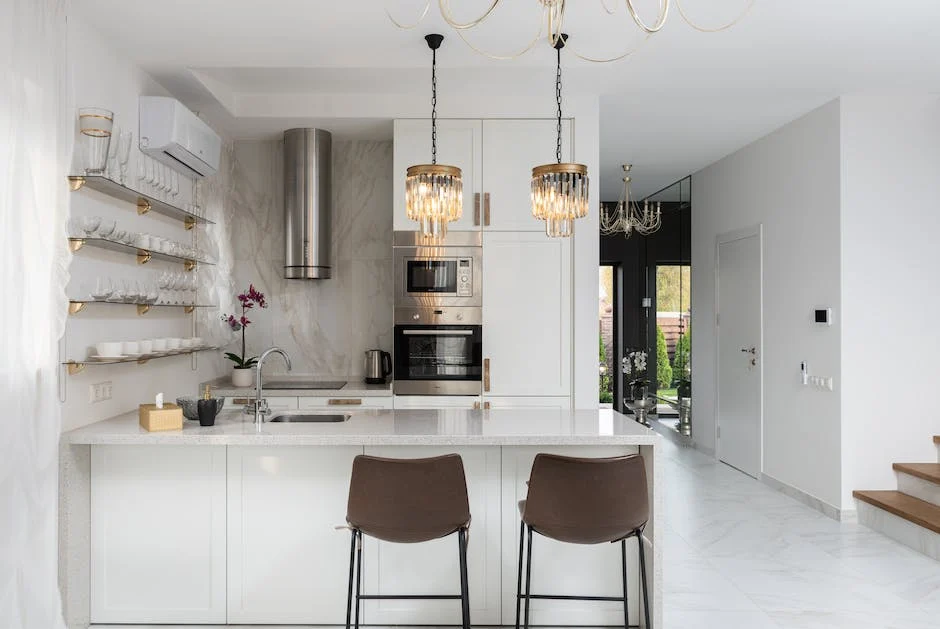What is batt insulation?
Batt insulation is a type of insulation made of flexible fibers, usually composed of fiberglass. It comes in pre-cut panels or rolls and is designed to fit snugly between wall studs, ceiling joists, and floor joists to reduce heat loss or gain. It’s also known as blanket insulation due to its large, flexible size.

Benefits of installing batt insulation
Batt insulation is a cost-effective way to improve your home’s energy efficiency. It helps to keep your home warm in the winter and cool in the summer by reducing heat transfer. Here are some benefits of installing batt insulation:
- Energy Efficiency: Batt insulation helps to reduce energy costs by preventing heat loss in the winter and heat gain in the summer.
- Soundproofing: It can also help to reduce noise transmission, making your home quieter and more peaceful.
- Easy Installation: Installing batt insulation is relatively simple and can be done as a DIY project, saving you on installation costs.
- Versatility: It can be used in various areas of the home, such as walls, attics, and floors, providing flexibility in improving insulation throughout the house.
These benefits make batt insulation a practical and effective choice for improving the comfort and efficiency of your home.
Energy efficiency and cost savings
Installing batt insulation can significantly improve your home’s energy efficiency and help you save on heating and cooling costs. According to the U.S. Department of Energy, properly insulating your home can reduce your energy bill by up to 20%. Batt insulation provides a barrier against the transfer of heat, helping to keep your home comfortable year-round. This type of insulation is relatively easy to install, making it a cost-effective way to increase energy efficiency in your home.
Types of batt insulation
When it comes to batt insulation, there are a few different types to consider:
- Fiberglass batt insulation: It is the most common type and is made of glass fibers. It is affordable and can easily fit between standard spacing of wall studs and ceiling joists.
- Mineral wool batt insulation: This type is made from natural or synthetic materials and offers good fire resistance and soundproofing. It is also moisture-resistant.
- Cotton batt insulation: Made from recycled denim, it is an eco-friendly option and provides good thermal performance.
Each type of batt insulation has its own advantages, so you can choose the one that best suits your needs and budget.
DIY vs professional installation
DIY insulation installation can be a cost-effective option, but it requires proper knowledge and skills. If installed incorrectly, it may lead to gaps and voids in the insulation, which can affect its effectiveness. Professional installation, on the other hand, ensures proper coverage and can save you time and potential hassle. Consider your expertise and the complexity of the project before making a decision.
Preparing for installation
Before you start installing batt insulation, make sure to gather the necessary tools and safety equipment, such as gloves, goggles, and a mask. Measure the space accurately to determine the amount of insulation needed. Cut the batts to fit the area before installation. Ensure that the insulation is dry and free of any damage or tears. Proper preparation will make the installation process smoother and more effective.
Installation process
Before installing batt insulation, make sure to measure the area accurately to determine the amount of insulation needed. Use a utility knife or insulation cutter to trim the batts to fit snugly between the joists or studs. Position the batts carefully to avoid compressing them, as this can reduce their effectiveness. Wear protective gear, such as gloves and a mask, to protect yourself from the fibers. It’s important to handle the insulation properly to get the most out of it.
Ensuring proper coverage and sealing
When installing batt insulation, it’s important to ensure proper coverage and sealing to maximize its effectiveness. This means making sure that the insulation completely fills the cavity without any gaps or compression. Proper sealing also helps to prevent air leaks, which can reduce energy efficiency. Proper coverage and sealing are crucial for maintaining a comfortable indoor temperature and reducing energy costs.
Maintenance and durability
Batt insulation requires minimal maintenance once installed and is known for its durability. It can last for many years without requiring significant upkeep, making it a cost-effective and hassle-free option for homeowners. Its robust construction ensures that it can withstand wear and tear, providing long-term insulation benefits for your home.
Conclusion and final considerations
Before you make the decision to install batt insulation in your home, it’s important to consider a few final points. Proper installation is crucial in ensuring the effectiveness of your insulation, so it’s best to hire a professional installation team. Additionally, you should carefully assess your specific insulation needs, taking into account factors such as the climate in your area and the existing insulation in your home. Lastly, be sure to compare the costs and benefits of batt insulation with other insulation options, to determine the most suitable choice for your home.
